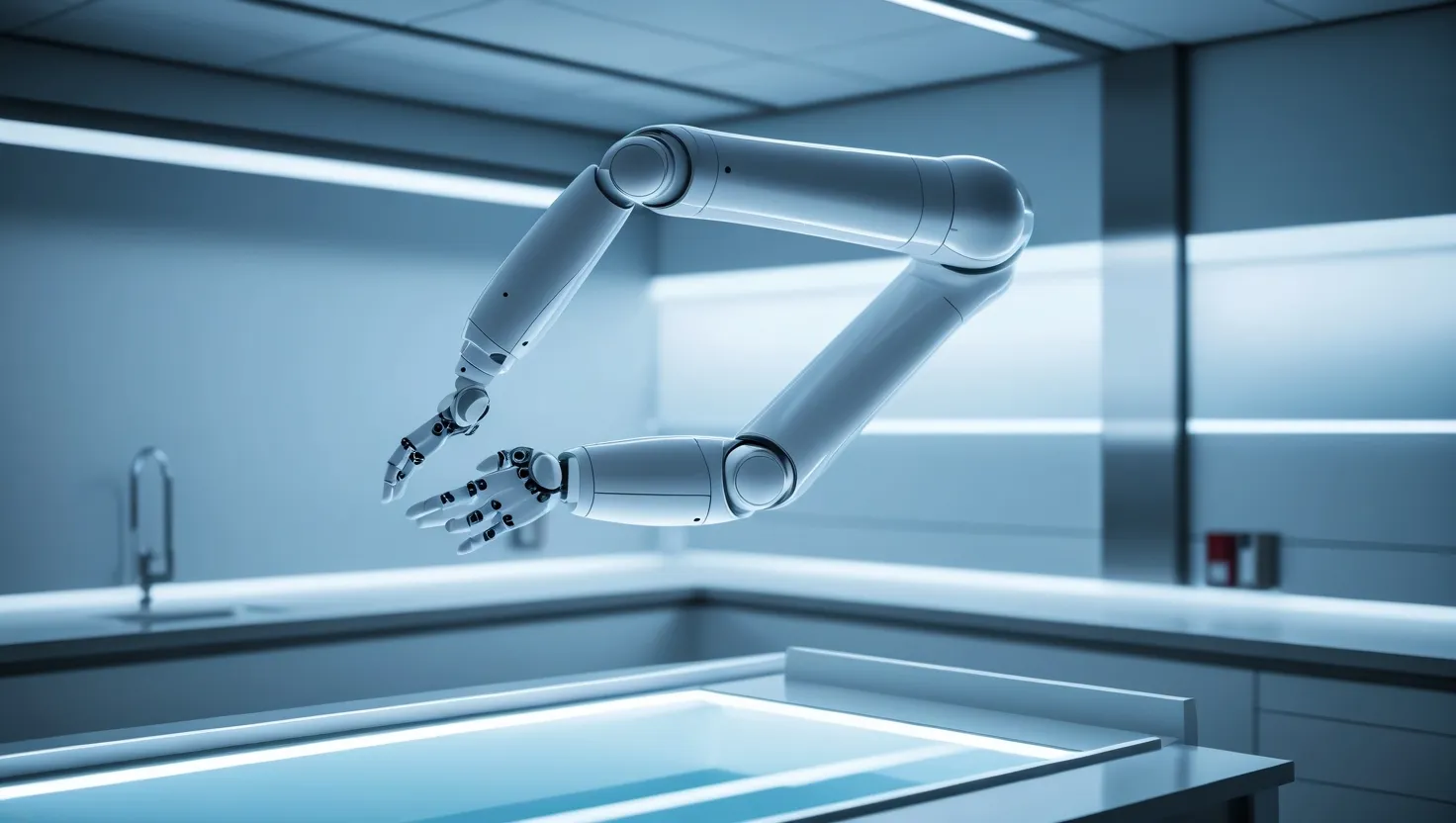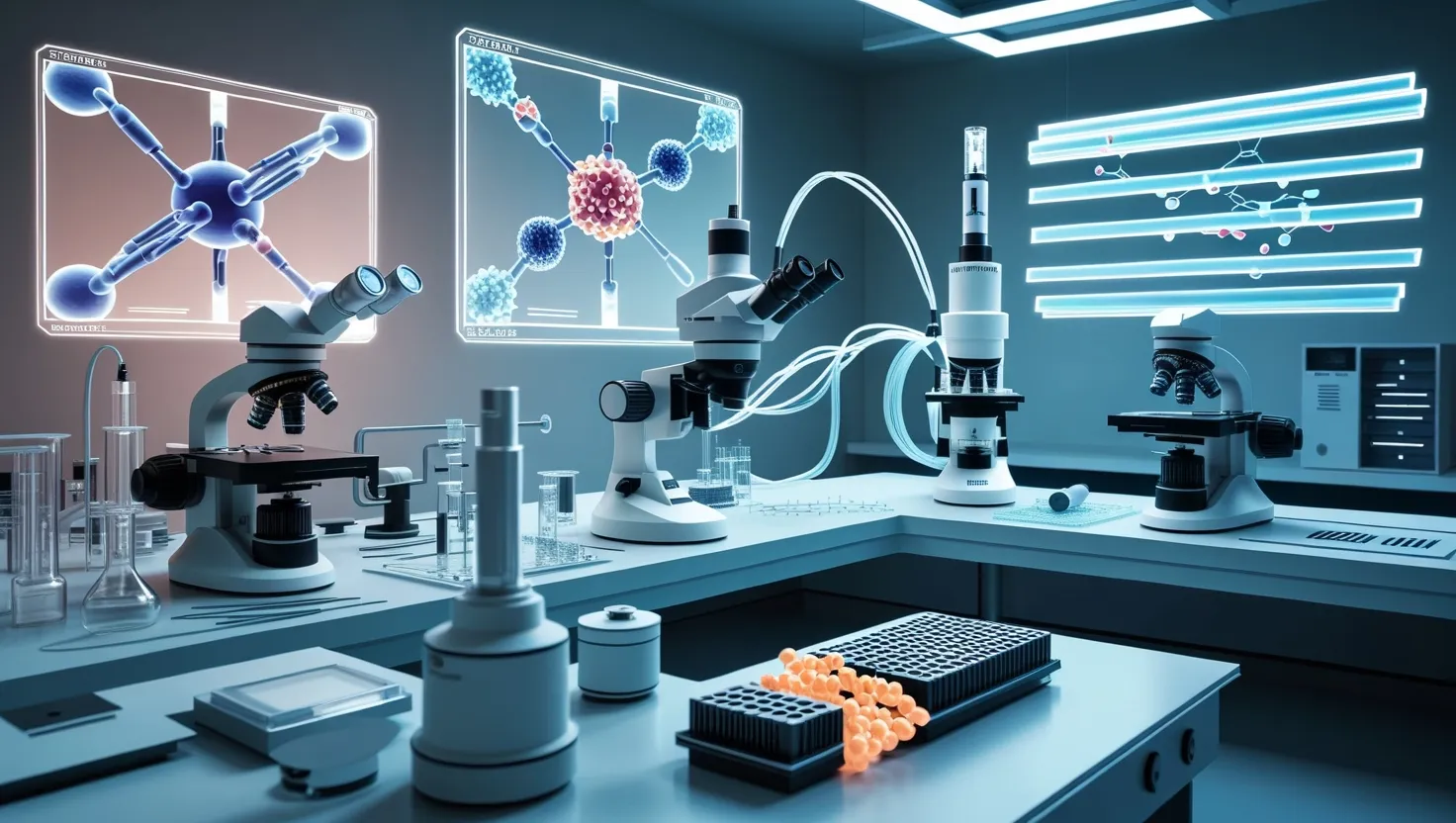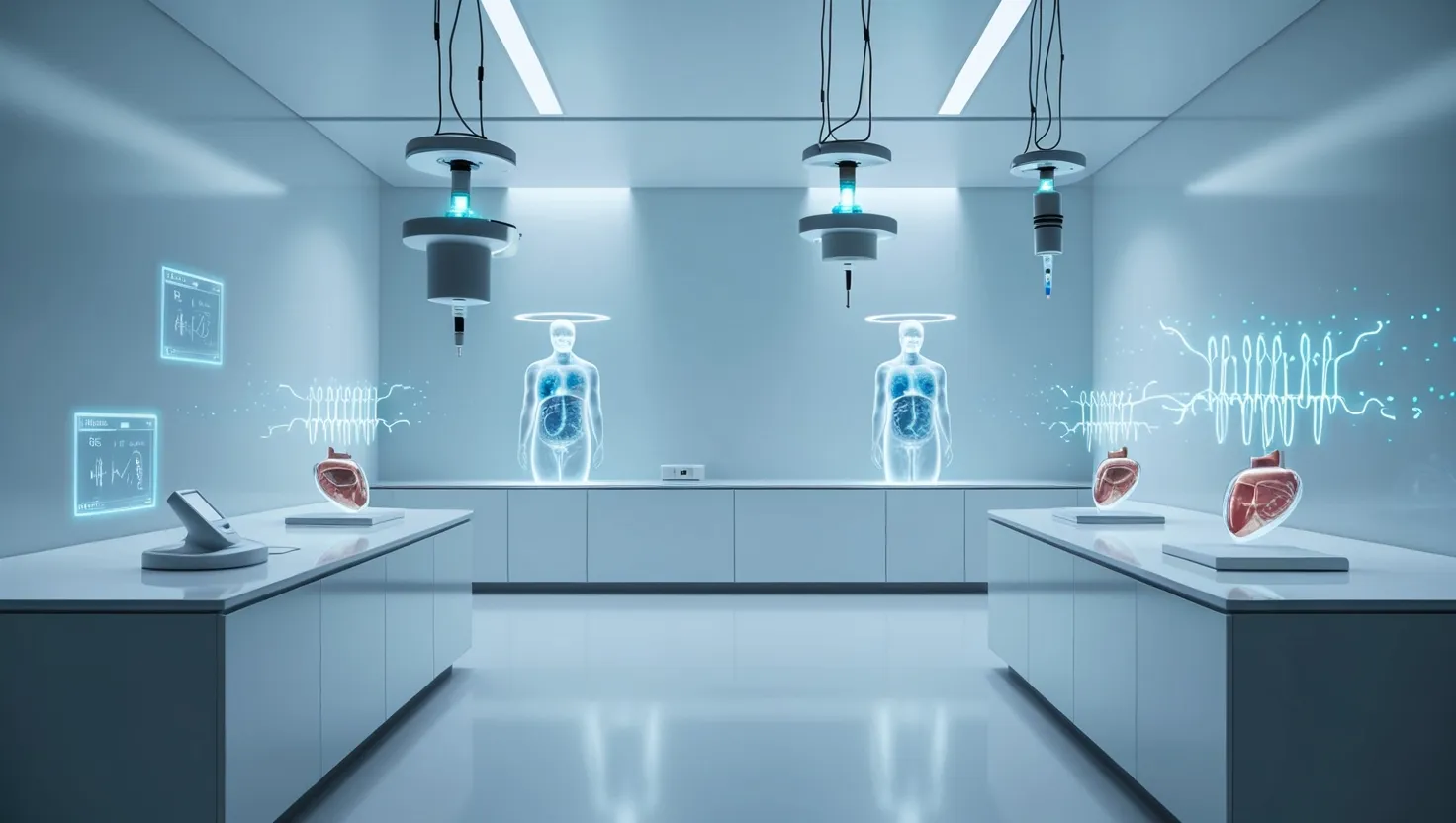The fusion of human cognition and robotic precision has long captivated our imagination, but recent breakthroughs in brain-robot synchronization are turning science fiction into reality. This rapidly evolving field is reshaping our understanding of human-machine interaction and opening up new frontiers in medicine, technology, and human augmentation.
Let’s start with brain-controlled autonomous drones. Imagine piloting a drone not with a remote control, but with your thoughts alone. This technology harnesses the power of electroencephalography (EEG) to translate brain signals into flight commands. Researchers have developed systems that allow users to control drone movement, altitude, and even complex maneuvers using only their mental focus. The implications are vast, from search and rescue operations to assisting individuals with mobility impairments.
“The mind is everything. What you think you become.” - Buddha
This quote takes on new meaning in the context of brain-robot synchronization. As we learn to extend our thoughts beyond our physical bodies, are we redefining what it means to be human?
Moving from the sky to the operating room, neural interfaces for robotic surgery are revolutionizing medical procedures. Surgeons can now manipulate robotic arms with unprecedented precision using brain-computer interfaces. These systems interpret the surgeon’s intentions from their neural activity, allowing for more intuitive control of surgical instruments. This technology not only enhances surgical accuracy but also enables remote operations, potentially bringing expert care to underserved areas.
But why stop at controlling a single robot? Multi-brain networks controlling robot swarms represent a leap forward in collective human-machine interaction. This fascinating development allows multiple human operators to collaboratively control a swarm of robots using their combined brain signals. The potential applications range from coordinated disaster response to complex industrial operations. It’s a testament to the power of human collaboration amplified by technology.
Have you ever wondered what it would be like to control not just one robot, but an entire swarm with your mind?
The realm of human-robot interaction takes an emotional turn with real-time emotion-responsive robots. These advanced machines use neural sensors to detect and respond to human emotional states. By analyzing brain waves, facial expressions, and physiological signals, these robots can adapt their behavior to provide appropriate emotional support or adjust their interactions accordingly. This technology holds promise for fields like mental health care, education, and customer service, where emotional attunement is crucial.
Learning is a two-way street, and brain-robot learning systems embody this principle. These innovative platforms create a symbiotic relationship where both the human brain and the robot’s artificial intelligence learn from each other. As the human operator improves their skills, the robot adapts its behavior and capabilities. Conversely, the robot’s performance data feeds back into the human’s learning process, creating a continuous loop of mutual enhancement. This synergy could accelerate skill acquisition in complex tasks and push the boundaries of human-machine collaboration.
“The measure of intelligence is the ability to change.” - Albert Einstein
Einstein’s words resonate deeply in the context of brain-robot learning systems. As we develop technologies that learn and adapt alongside us, are we approaching a new paradigm of intelligence?
One of the most tangible advances in brain-robot synchronization comes in the form of tactile feedback from robotic limbs. For individuals using prosthetic limbs, this technology provides a sense of touch and proprioception through direct neural stimulation. By translating sensor data from the robotic limb into patterns of neural activity, users can feel pressure, texture, and even temperature. This breakthrough not only improves the functionality of prosthetics but also helps restore a sense of bodily wholeness for amputees.
Navigation is a fundamental challenge in robotics, and neural pattern recognition is providing new solutions. By studying how the human brain processes spatial information and makes navigational decisions, researchers are developing more intuitive and efficient robot navigation systems. These systems can interpret complex environments, make real-time decisions, and even predict human movement patterns. The applications extend beyond mobile robots to areas like autonomous vehicles and smart city infrastructure.
Lastly, brain-synchronized robotic rehabilitation is transforming recovery for individuals with neurological injuries. This approach uses brain-computer interfaces to detect the patient’s intention to move and triggers robotic assistance precisely when needed. By synchronizing the robotic support with the patient’s own neural signals, this technology reinforces neural pathways and accelerates motor learning. It’s a powerful example of how brain-robot synchronization can amplify the body’s natural healing processes.
“The future belongs to those who believe in the beauty of their dreams.” - Eleanor Roosevelt
Roosevelt’s optimism finds new meaning in the realm of brain-robot synchronization. As we push the boundaries of what’s possible, how will our dreams shape the future of human-machine interaction?
These eight breakthroughs in brain-robot synchronization represent just the beginning of a new era in human-machine collaboration. As we continue to bridge the gap between thought and action, between biological and artificial intelligence, we’re not just creating more advanced technologies – we’re expanding the very definition of human capability.
The ethical implications of these advancements are profound and warrant careful consideration. How do we ensure privacy and security when our thoughts can directly control machines? What are the implications for human agency and responsibility when our actions are mediated through brain-robot interfaces? These are questions we must grapple with as we move forward.
Despite these challenges, the potential benefits are immense. From restoring mobility to those with physical disabilities to enhancing human cognitive abilities, brain-robot synchronization promises to improve lives in countless ways. It’s a field that demands our attention, our creativity, and our ethical scrutiny.
As we stand on the brink of this new frontier, it’s clear that the relationship between humans and machines is evolving into something far more intimate and powerful than we ever imagined. The line between user and tool is blurring, giving rise to a new paradigm of human-machine symbiosis.
What role will you play in this unfolding story? How might these technologies reshape your life, your work, or your understanding of what it means to be human? As we continue to push the boundaries of brain-robot synchronization, these are questions we’ll all need to consider.
The future of brain-robot synchronization is not just about creating more advanced machines – it’s about expanding the horizons of human potential. It’s a journey of discovery that promises to redefine our relationship with technology and with ourselves. As we move forward, let’s approach this frontier with curiosity, caution, and a commitment to harnessing these powerful tools for the betterment of humanity.






